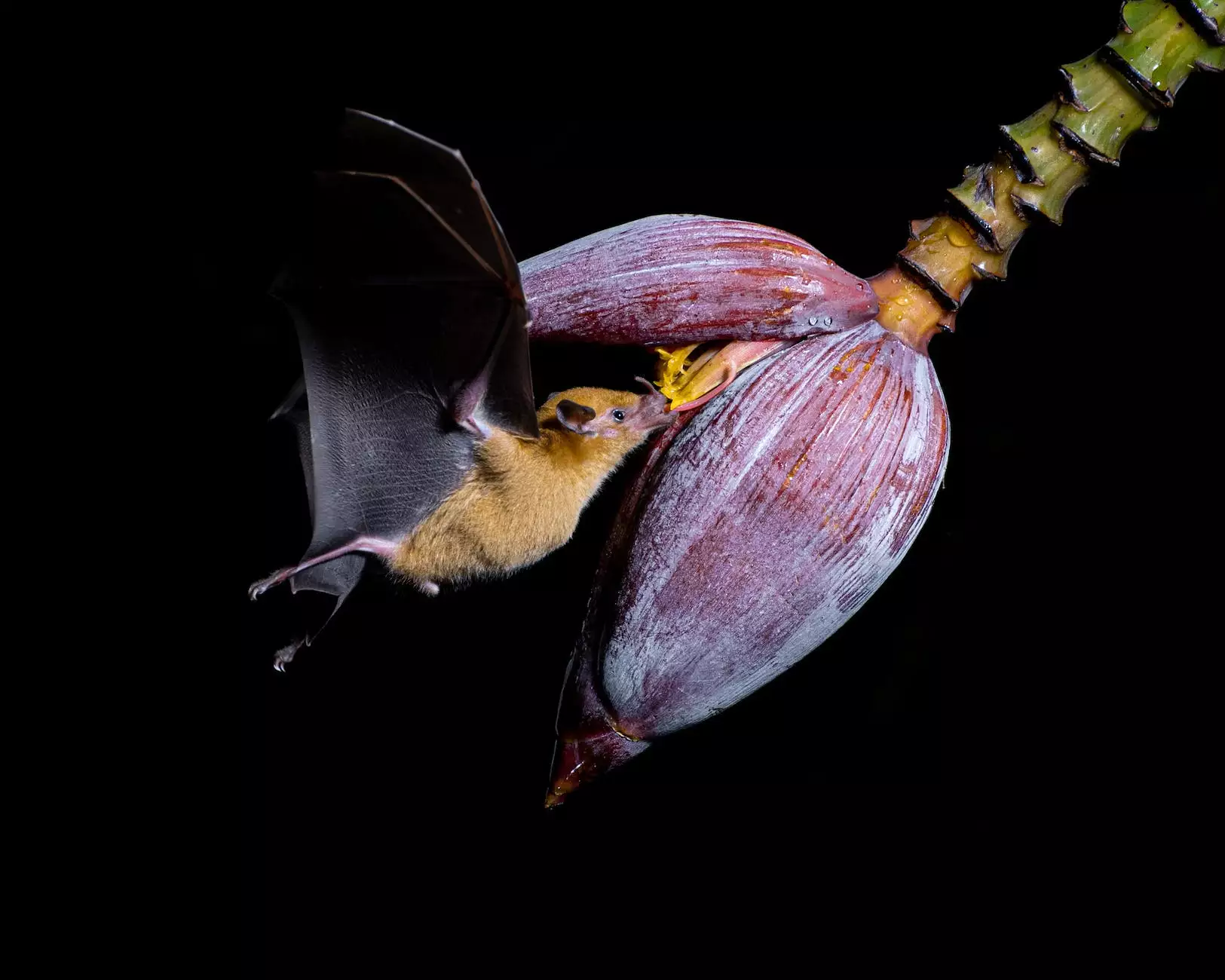Color bands on hawks: What they mean and why they matter
Articles
Introduction
Welcome to Marjorie Cowley, your go-to resource for all things related to birds of prey in San Francisco and Marin. In this article, we will explore the fascinating world of color bands on hawks, their meaning, and the reasons why they matter to researchers and enthusiasts.
The Significance of Color Bands
Hawks are majestic raptors known for their soaring flights and keen hunting abilities. Observing and studying hawks in their natural habitats is essential for understanding their behaviors, movements, and population dynamics. One way researchers achieve this is by deploying color bands on hawks.
Color bands are unique combinations of brightly colored bands or tags placed on a hawk's legs. They serve as individual identifiers, making it possible to track and monitor specific hawks over time. By recognizing and documenting color band combinations, researchers can gain valuable insights into the life histories, migratory patterns, and survival rates of hawks.
How Color Bands Help Researchers
Color bands allow researchers to conduct long-term studies on individual hawks, providing data that contributes to our understanding of these magnificent birds. Here are some ways in which color bands assist researchers:
1. Tracking Migration Patterns
One of the main reasons researchers use color bands is to track the migration patterns of hawks. As hawks embark on their seasonal journeys, their color bands help identify which populations they belong to and the routes they take. This information is crucial for conservation efforts and understanding the ecological needs of different hawk species.
2. Studying Breeding Behavior
Color bands enable researchers to monitor the breeding behavior of hawks. By observing nesting behaviors, mating patterns, and success rates, scientists can gather valuable data on reproductive strategies and population dynamics. Understanding how hawks reproduce is vital for their conservation and management.
3. Estimating Survival Rates
Color banding also allows researchers to estimate the survival rates of hawks. By tracking individual hawks over time, researchers can determine their longevity and identify factors influencing their survival, such as habitat loss, predation, or human activities. This information aids conservation efforts aimed at protecting hawk populations and their habitats.
4. Collaborative Research
Color bands make it possible for researchers and birdwatchers to collaborate and share data. When a banded hawk is sighted, individuals can report their observations to a central database, contributing to a larger picture of hawk movements and behaviors. This collaborative approach enhances the scientific understanding of hawks and promotes community engagement in bird conservation.
Hawk Species and Color Banding
In San Francisco and Marin, two hawk species commonly banded with color identifiers are the Red-tailed Hawk (Buteo jamaicensis) and the Cooper's Hawk (Accipiter cooperii).
Red-tailed Hawk
The Red-tailed Hawk is a widespread raptor native to North America. Known for its distinctive red tail feathers, this species plays a vital ecological role as a top predator. Researchers band Red-tailed Hawks to study their movements, population dynamics, and how they interact with their environment.
Cooper's Hawk
The Cooper's Hawk is another hawk species frequently observed in San Francisco and Marin. These birds are known for their agility and adaptability, preying on smaller birds and sometimes visiting backyard bird feeders. By banding Cooper's Hawks, researchers can investigate their foraging behaviors, population trends, and habitat preferences.
Conclusion
Color bands on hawks in San Francisco and Marin play a crucial role in the conservation and understanding of these impressive birds. By tracking migration patterns, studying breeding behaviors, estimating survival rates, and promoting collaborative research, researchers and enthusiasts contribute to the knowledge and conservation efforts of hawk species. Next time you spot a color-banded hawk soaring through the sky, know that you are witnessing a living piece of ongoing research and dedication to the preservation of our avian partners.









